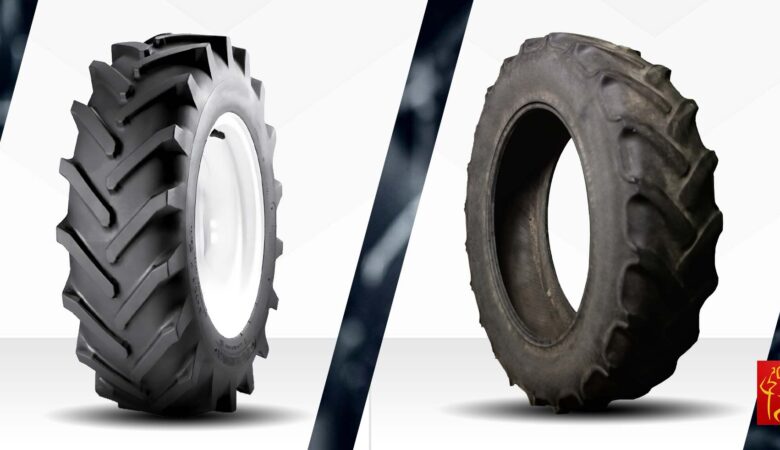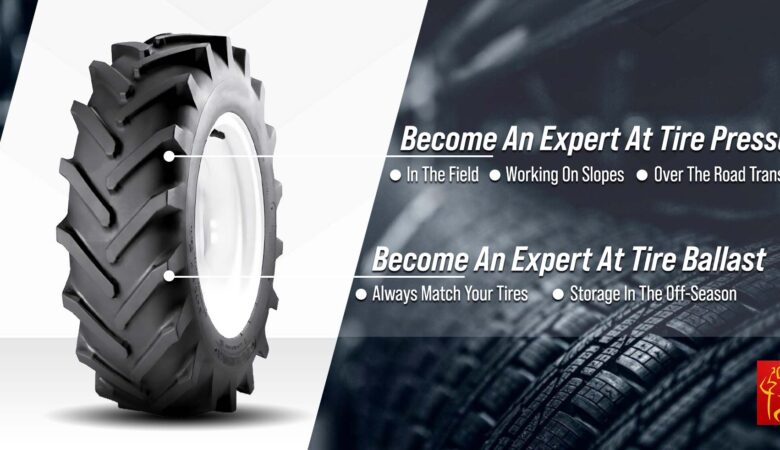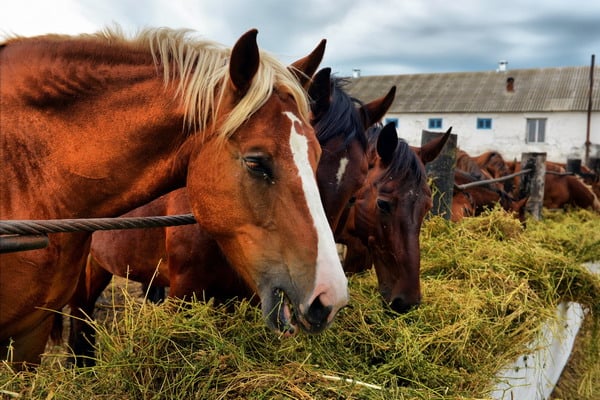There is an awful lot to keep you busy on the farm at this time of year. So much so that it’s not hard to neglect your tractor and wagon tires. You get up in the morning, get a good breakfast, and get right to work. Checking the condition of your tires is a task that can easily fall by the wayside.
According to Ag Pro’s Sonja Begemann, checking tractor tires should be a daily exercise for growers. Between the weather, the busyness of planting season, and the punishment of open road driving, this time of year puts a lot of wear and tear on tractor tires. Begemann recommends frequently checking tires to “avoid unexpected, preventable issues between planting, and harvesting.”
Begemann’s words are good advice. She isn’t the only one that recommends daily tire checks. Several people she interviewed for her piece agree. One engineer told Begemann that air pressure is one of the most important things to check on a daily basis.
Tire Pressure Affects Wear
Tire pressure that is too high does not necessarily result in critical damage right away. However, it does cause uneven tread wear. Over time, this uneven wear can reduce the life of even the best tractor tires on the market. Under some conditions, excessively high air pressure can also mean less traction out in the field.
A bigger problem for tractor tires is pressure that is too low. You might want low pressure in the field in order to maximize traction in wet, soggy conditions. But low pressure is a tire killer on both the open road and hard soil. If you have to take your tractor from one field to the next on a paved surface, make sure your tire pressure is where it’s supposed to be before you embark.
The damage from under inflation during open road driving can be significant. You can lose a good portion of tread or even blow out the sidewall.
Other Things to Check Frequently
Beyond tire pressure, Begemann recommends growers check a number of other things. At the top of the list is damage to the outer surface of the tires themselves – particularly the sidewalls. Tire sidewalls take a tremendous amount of punishment in the field. All it takes is a single cut or crack to be a big problem.
Begemann suggests also frequently checking:
1. Tread Depth – The general rule is to replace your tractor tires when they have less than 20% of their tread remaining.
2. Tread Damage – Stubble has a way of piercing tread rubber and causing damage. A little damage is tolerable; extensive damage may require replacement.
3. Ground Contact Area – Begemann says there should be “no gap between lugs and the ground”.
4. Valve Stems – Valve stems can be damaged in the field. They are also subject to normal wear and tear as a result of corrosion and debris.
5. Lug Nuts and Bolts – Check lug nuts and bolts while you are checking your tires. Make sure everything is secure before you depart.
Begemann reminded growers that the amount of punishment tractor tires can take depends on how they handle their tractors. More cautious driving tends to result in longer tire life. Of course, there are other factors that can affect tire life as well. The condition of the grower’s fields, how often the grower has to take a tractor on public roads, etc.
You should be checking your tractors tire every day if you want to maximize tire life. When it is time to replace your tires, Mytee Products has what you need.










